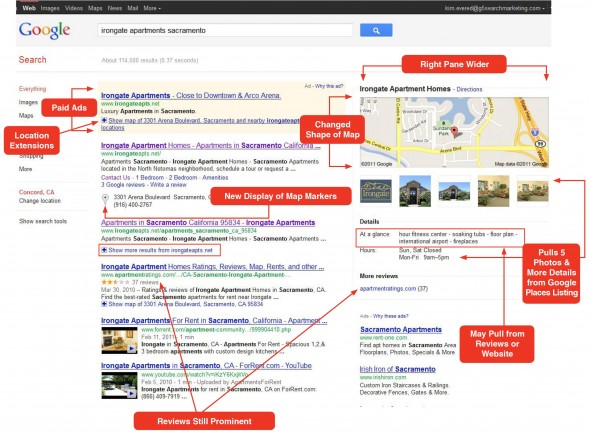The Life and Pardoning of Alan Turing
— October 2, 2015In 2013, Allan Turing came to the forefront of culture when Queen Elisabeth II granted him a royal pardon for the crime of being a homosexual. Turing, in his short life of 41 years, became the father of theoretical computing and one of the founding minds behind the idea of artificial intelligence.
Turing worked with the Government Code and Cypher School during World War II. He’d demonstrated a propensity for math from an early age, and his head masters and mistresses had recognized that the young boy had drive and passion. That prowess helped Turing codebreak for the British Empire during the last Great War.
His work with Hut 8 allowed him to devise multiple strategies for breaking German codes. He managed to uncover the scheme behind the Polish crypto-bomb and he also created a machine that was designed to crack the Enigma machine.
Thanks to Turing, the Allies won several key engagements that they otherwise would have lost had they lacked the intelligence that Turing and his discoveries gave to them.
After the War, Turing went to work for the National Physics Laboratory. There, he designed the first computer capable of storing programming. He also developed an interest in mathematical biology, but he was prosecuted in the 1950s for being homosexual.
Turing accepted chemical castration as punishment, but he died just two years after his prosecution. He had taken cyanide, and his death was ruled a suicide. While evidence exists that Turings death may have been malicious, the Queen’s pardon represents a step in righting this injustice that has persisted through time.
Samuel Phineas Uphamis an investor from NYC and SF. You may contact Phin on his Samual Phineas Upham website or Facebook page.



